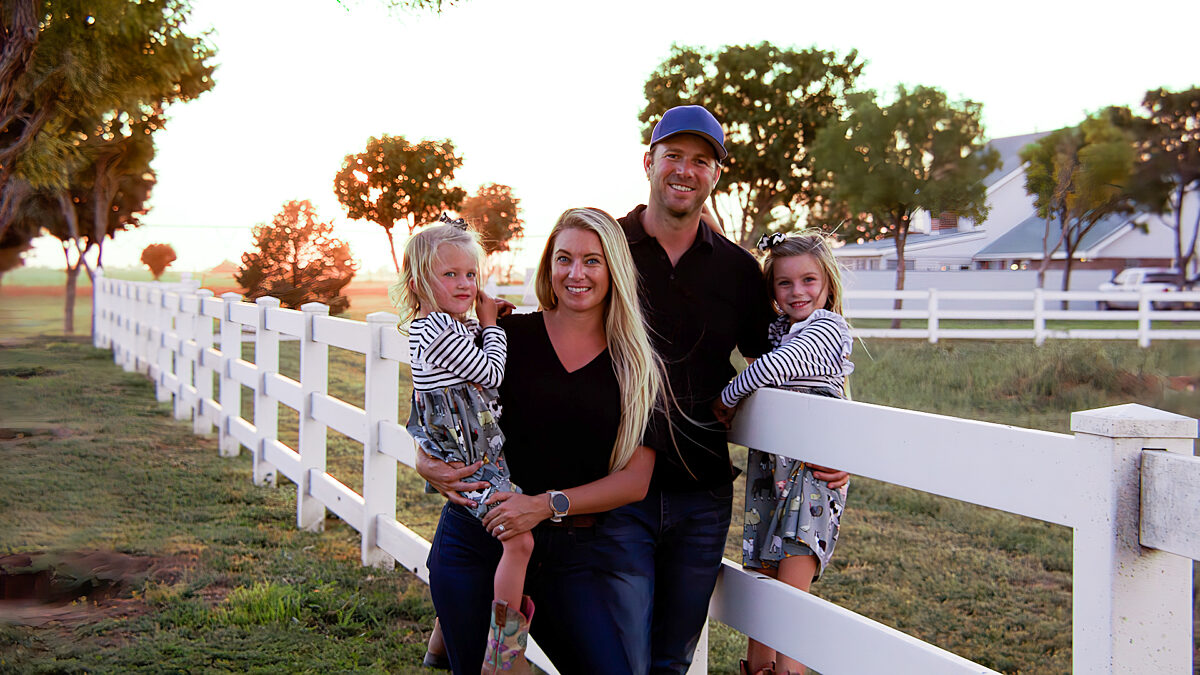Thankful for Farmers and Ranchers at Thanksgiving
Guest Author
Special Contributor to FB.org

photo credit: AFBF Photo
Guest Author
Special Contributor to FB.org
The American Farm Bureau 's 30th annual informal price survey of classic items found on the Thanksgiving dinner table revealed this year 's cost is $50.11, a 70-cent increase from last year 's average of $49.41. The big ticket item – a 16-pound turkey – came in at $23.04 this year. That 's about $1.44 per pound, an increase of less than 9 cents per pound or a total of $1.39 more per whole turkey, compared to 2014.
Concerns about the supply of two favorite holiday foods – turkeys and pumpkins – turned out to be just a blip on the radar screen. Plentiful supplies of both are available at reasonable prices to grace our holiday tables.
As we turn to cooking and eating special meals at this time of year, exploring what farmers and ranchers have to say about how they produce food for our tables adds a little spice to our food-related conversations.
Don Steen, a turkey farmer in Missouri, has been working on his farm since 1973.
"There are both hen and tom turkeys. A hen is a female and a tom is a male," explains Steen.
Water is very important to a turkey 's survival. Poultry – turkeys, chickens, ducks and other fowl – need to be able to drink water at all times. The Steen 's turkeys eat a corn, soybean and mineral mix made at a local feed mill.
The Steens have a high level of biosecurity on the farm to protect the turkeys. Cars and trucks are washed when entering and exiting the farm. Don and his wife even wear special clothing in the barns to protect the turkeys.
Pumpkin farmer Harriet Wegmeyer of Virginia was a guest on Emeril Lagasse 's cooking show. She and her husband plant pumpkins in early summer and harvest through mid-October. In winter they care for the land by planting cover crops to add Nitrogen to the soil.
"Harvesting pumpkins is a hard job, because all of the picking must be done by hand and some of them are very heavy," Wegmeyer says. Being a farmer is a year-round job but one that she finds exciting.
"Each season there is something new going on at the farm," according to Jeff LeFleur, a cranberry farmer in Massachusetts. "Our goal is to take good care of the farm for future generations," he says.
Many people believe that cranberries grow under water, but they do not. The bogs where cranberries grow are actually dry during most of the season. Water is used to help with the harvest and to protect the berries from the cold. Water also helps the cranberries grow.
If you 've ever wondered why cranberries float, LeFleur has the answer.
"The cranberries float to the top because there are air pockets inside them," he explains.
Order a copy of "Farm a Month: Where Does Our Food Come From?" from the American Farm Bureau Foundation for Agriculture to learn more about Steen, Wegmeyer, LeFleur and other food producers.
Cyndie Shearing is director of internal communications at the American Farm Bureau Federation.
Trending Topics
VIEW ALL